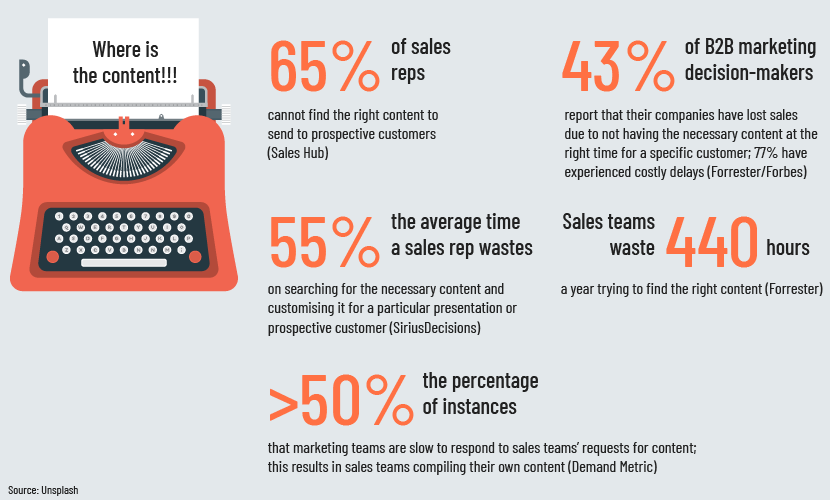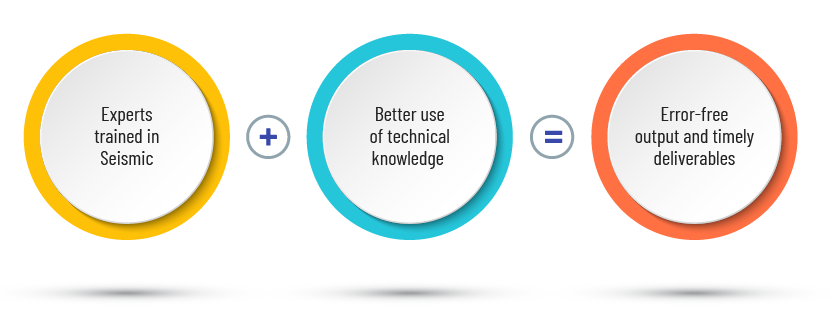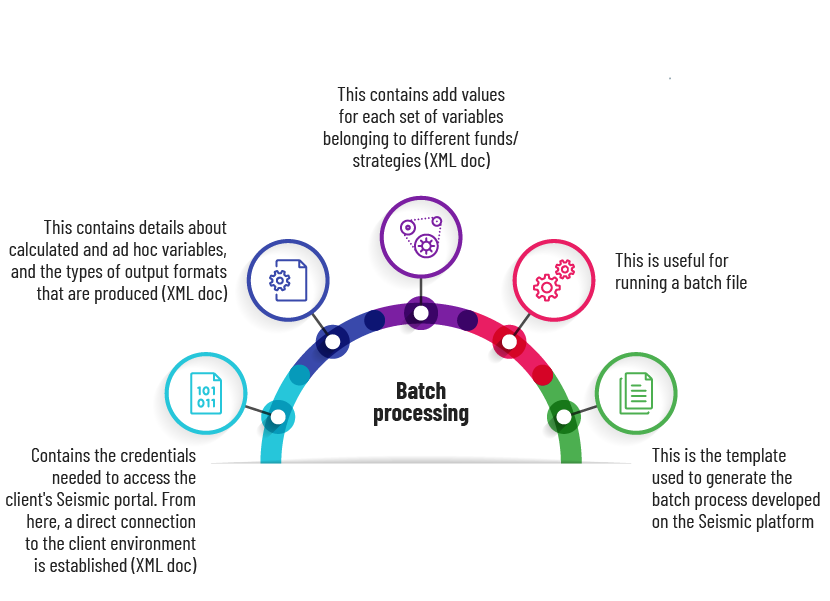Published on March 18, 2024 by Chandru Nivas M
Reports have a significant impact on the progress of a business. They are the foundation of an organisation's decision-making process and affect the development of either a productive or non-productive work environment. They are essential for any business model – one created manually or generated using automated systems.
Most asset management companies regularly prepare and use the reports listed below:
-
Market analysis
-
Trend analysis
-
Financial reports
-
Operational analysis
-
Performance reports
As companies invest more in R&D to make profits for their customers, a similar budget is allocated to reporting. All organisations have a unit dedicated to reporting, and most of the reports published are crafted meticulously, with the information and inputs required to help the sales team close deals.
After compiling a report, the main challenge is organising it and presentation material, and making these accessible to the sales team. If an organisation does not receive essential reports on time, it could lose customers. The following survey results* provide some insight:

Asset management companies have, therefore, sought the best IT platforms and automation tools for making content readily available to their sales and service teams and customers to keep them up to date on trends and maintain steady business flow. One such exceptional platform is Seismic, an interface for seamless sharing of content.
Why Seismic?
Seismic is one of the most important content management platforms in the industry. Asset management institutions use it the most to manage their content and for sales and marketing teams to collaborate seamlessly.
The Seismic platform has tools designed for seamless interaction between sales enablement, marketing and customer service. It is able to customise the content according to customer specifications.
-
For example, LiveDoc is an add-on offering that enables content creation – it can also manage and generate multiple outputs on demand or according to a schedule.
Acuity Knowledge Partners and Seismic
We use Seismic to provide valuable information to organisations. We monitor institutional clients that produce presentation material and financial reports on a daily, weekly, monthly, quarterly and annual basis in terms of the types of reports produced, data sources and the processes they follow for producing and saving the reports in depositories for use by their sales teams.
By monitoring and clearly understanding these processes, we save time and provide clients with invaluable insights to produce error-free reports.
One formula we introduced to one of our clients is the "batch processing concept". It was created to generate hundreds of reports in minutes with the push of a button. We set up all the processes by carefully examining the reports and data sources. The result was a remarkably error-free, formatted report that was archived for direct use by the sales team.

We continue to search for new ideologies that can be used to perform the most difficult tasks in the easiest way. Being a hub for technical applications, with experts in languages such as SQL, Python, VBA and HTML, we are able to integrate the “batch processing concept” to the greatest extent possible.
Understanding the ‘batch processing concept’
1 Batch processing refers to the method computers use to periodically complete high-volume, repetitive data jobs. Organisations use batch processing because it requires minimal human interaction and makes repetitive tasks more efficient to run.
Batch processing is frequently employed in the technical sector, but setting it up inside Seismic requires particular care.
The concept is not an inherent feature of the Seismic tool; it can be implemented by using supplemental extension files and with sufficient understanding of languages such as HTML, XML and Json.
The following diagram shows how we set it up to match the client's expected output:

The concept is useful for obtaining multiple or “n” number of outputs using one template. When the initial setup has been completed, output in PPT or PDF format can be generated by building automation, linking extensions, and writing HTML XML code, specifying which path to save your files in SharePoint or a destination folder.
It also allows for code modification and automation based on client requirements. With this setup, our client saved about 70% of the time it would otherwise have taken to produce the required reports and was able to deliver them before the deadlines or on time.
We have achieved client satisfaction with our Seismic services, backed by a pool of professionals with years of experience in Seismic developments.
Sources:
Tags:
What's your view?
About the Author
Chandru Nivas is part of the FMS division at Acuity Knowledge Partners. As an operational manager at Acuity, Chandru currently supports a leading British-American global asset management firm in developing marketing presentations, collaterals, factsheets, and flyers. Chandru holds a bachelor’s degree in accounting and finance. He currently has over 9 years of experience in producing and designing presentations.
Like the way we think?
Next time we post something new, we'll send it to your inbox







